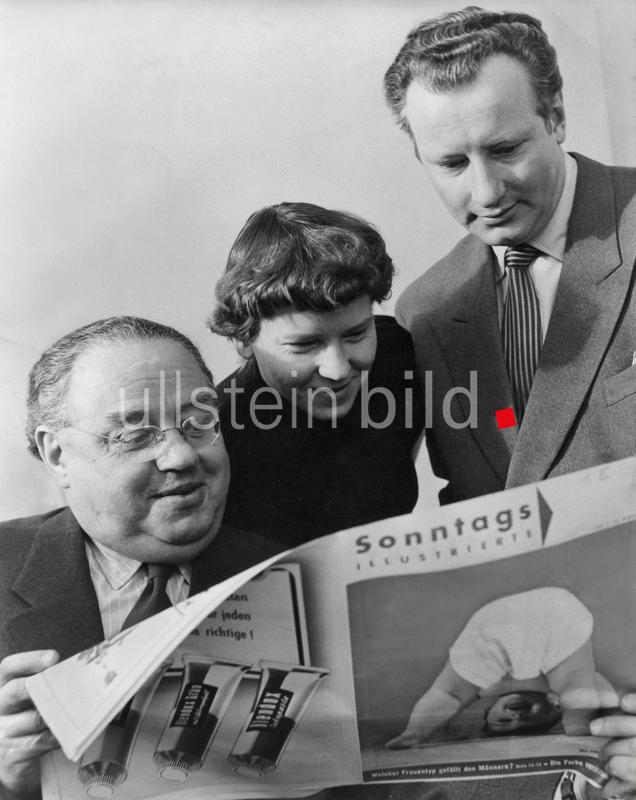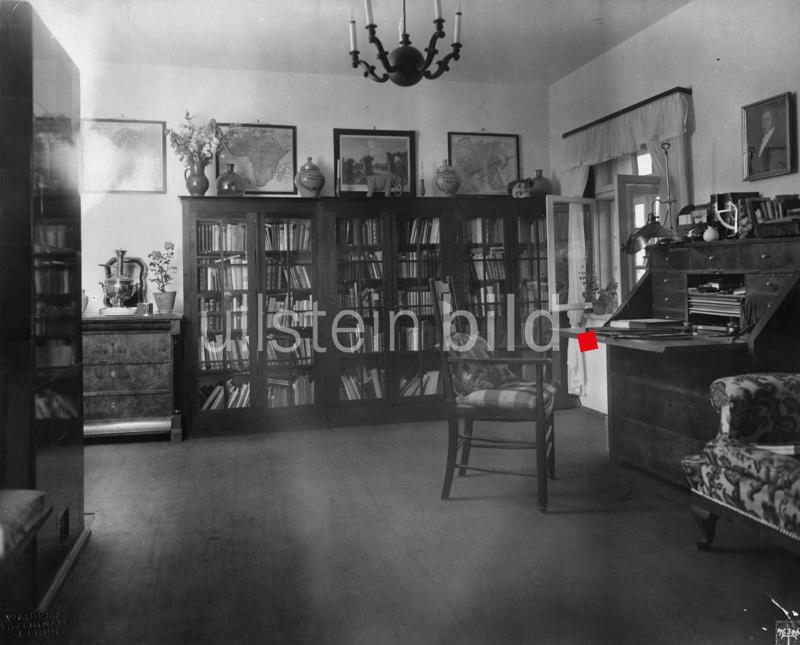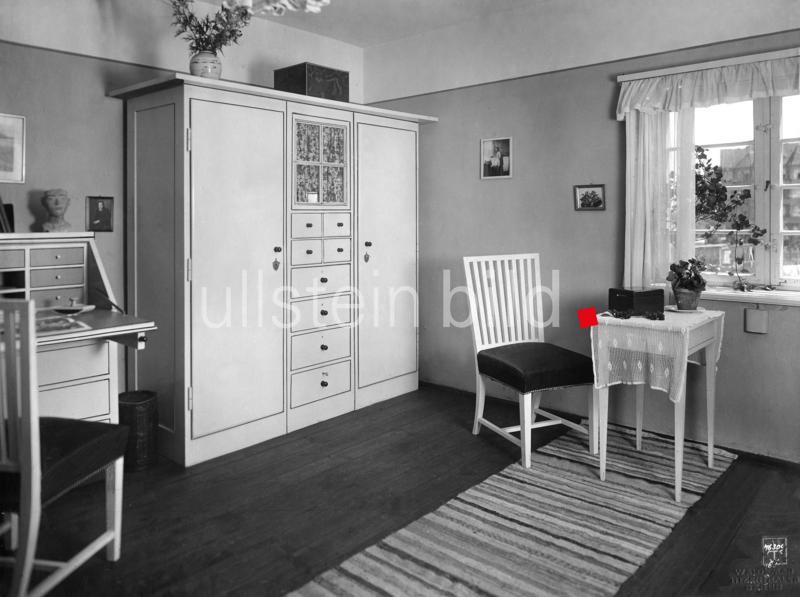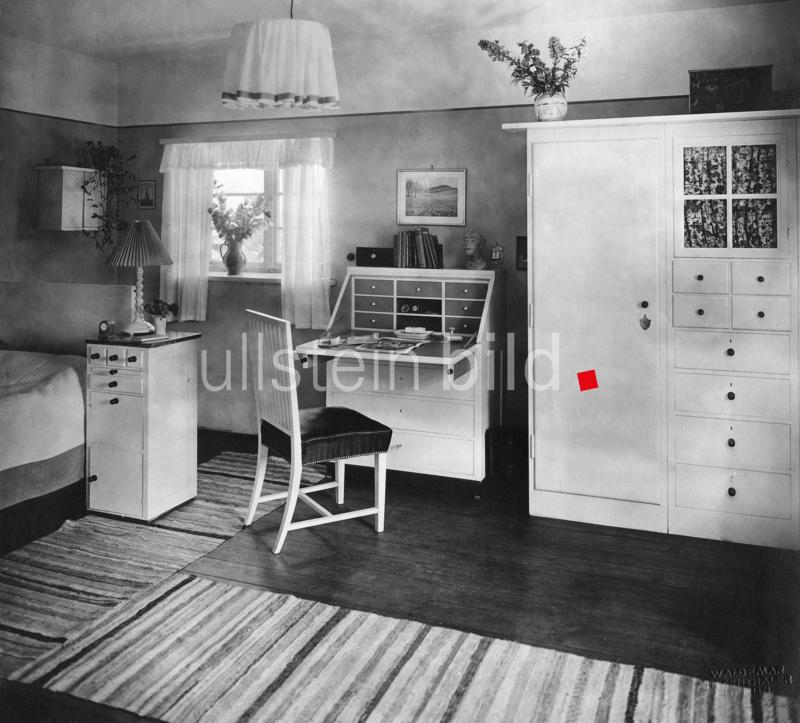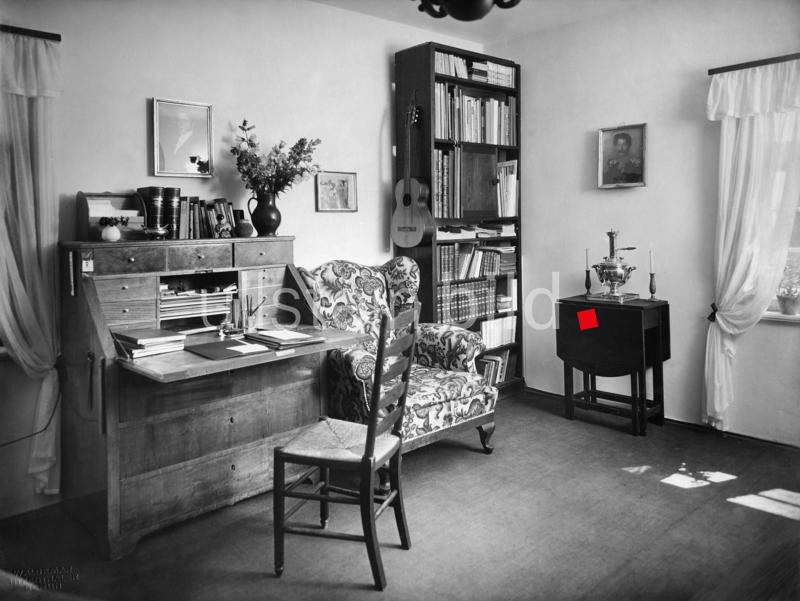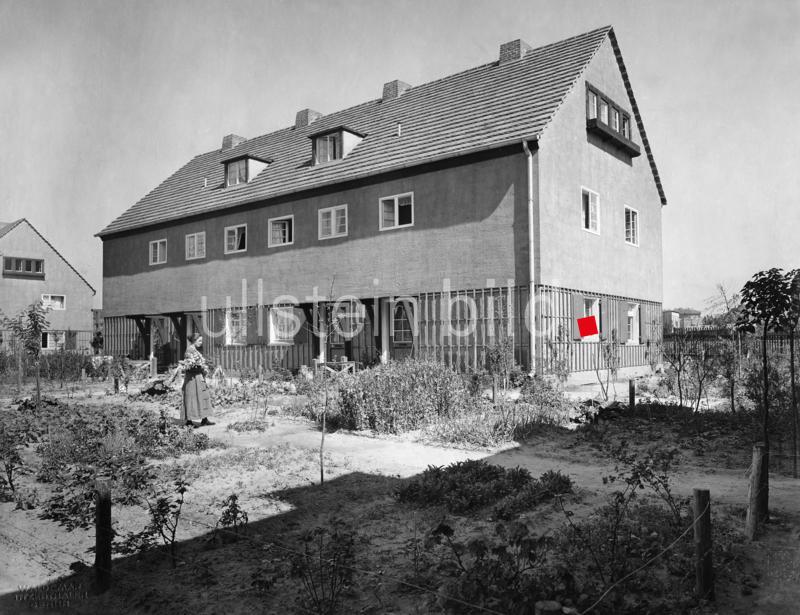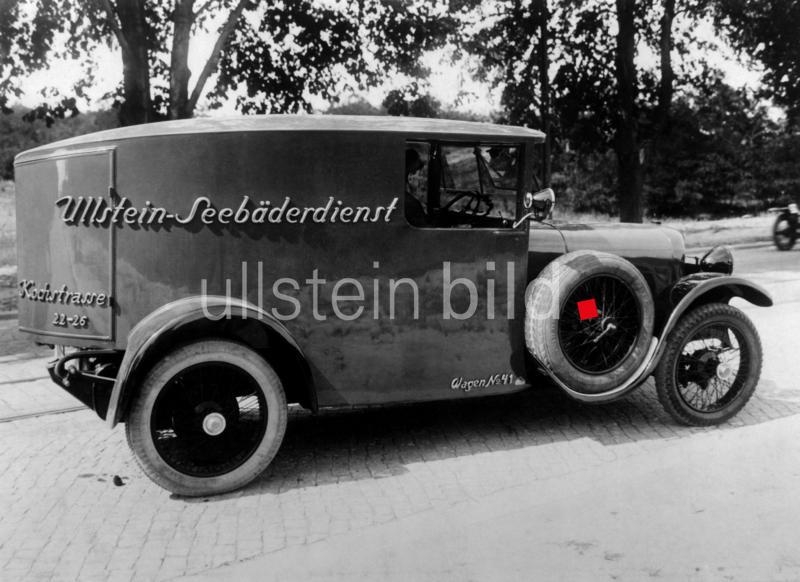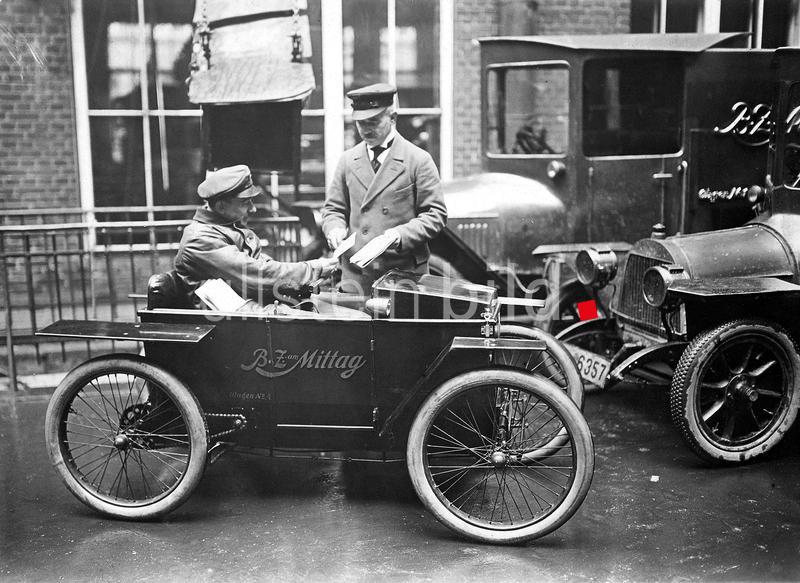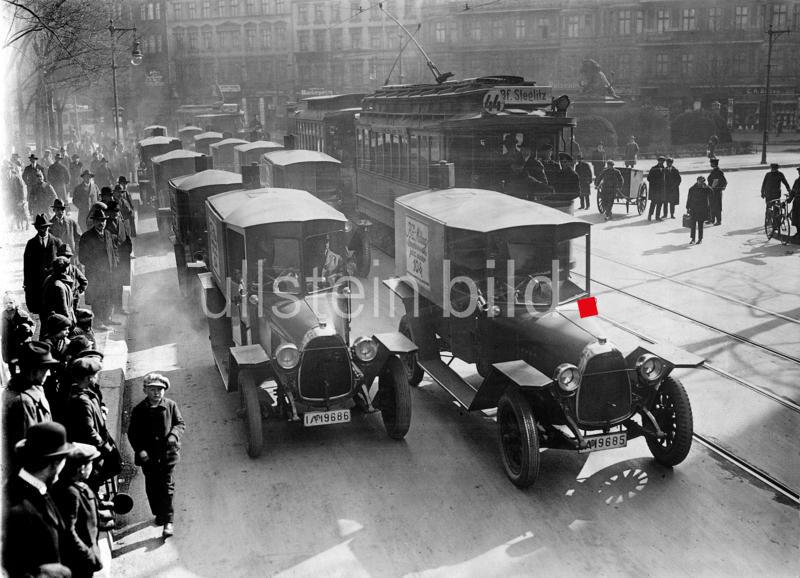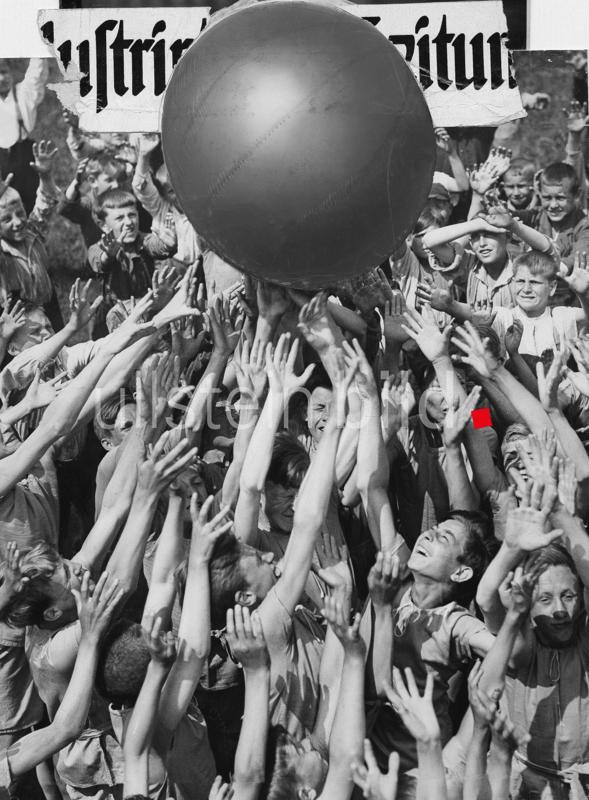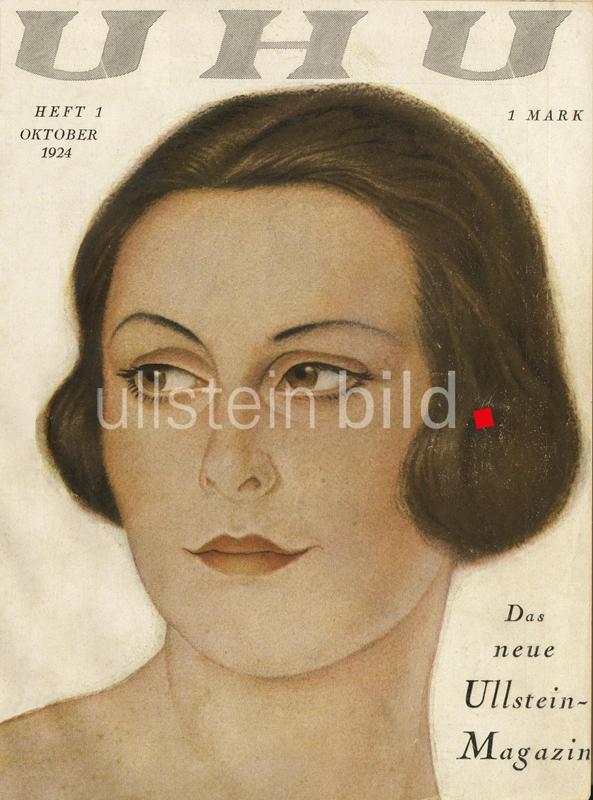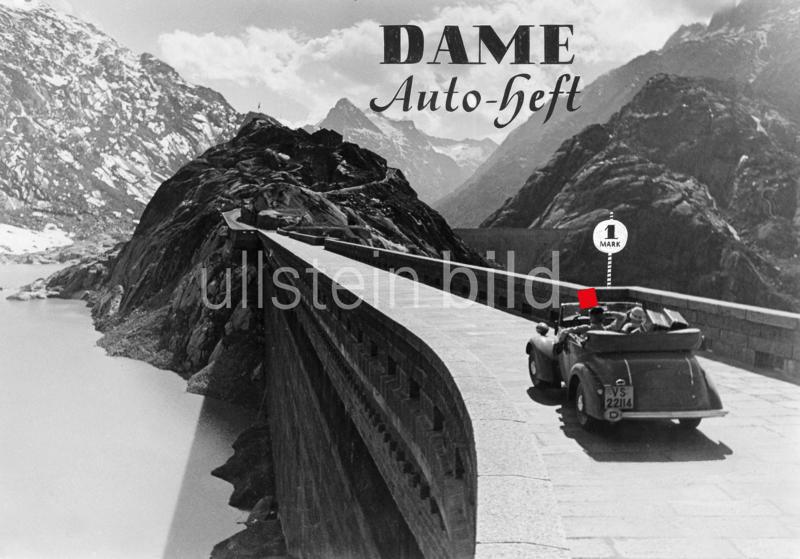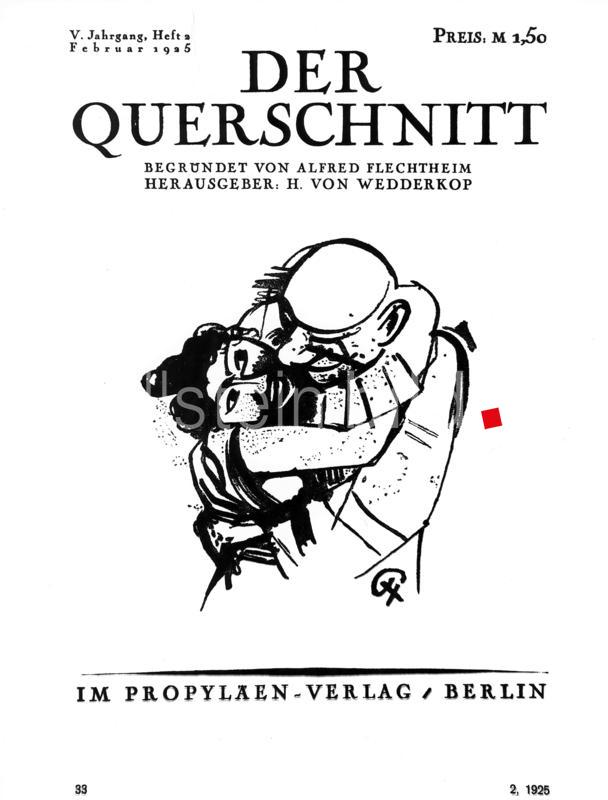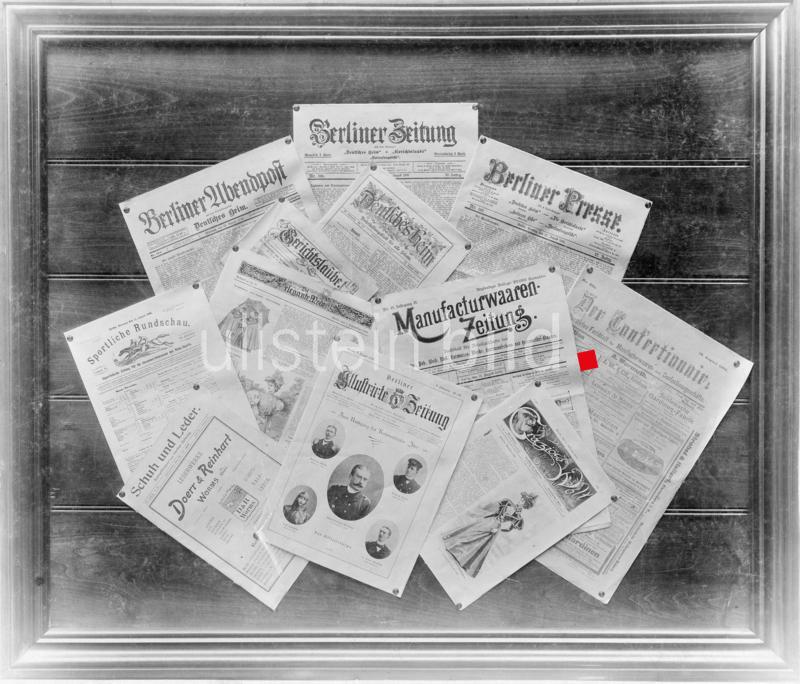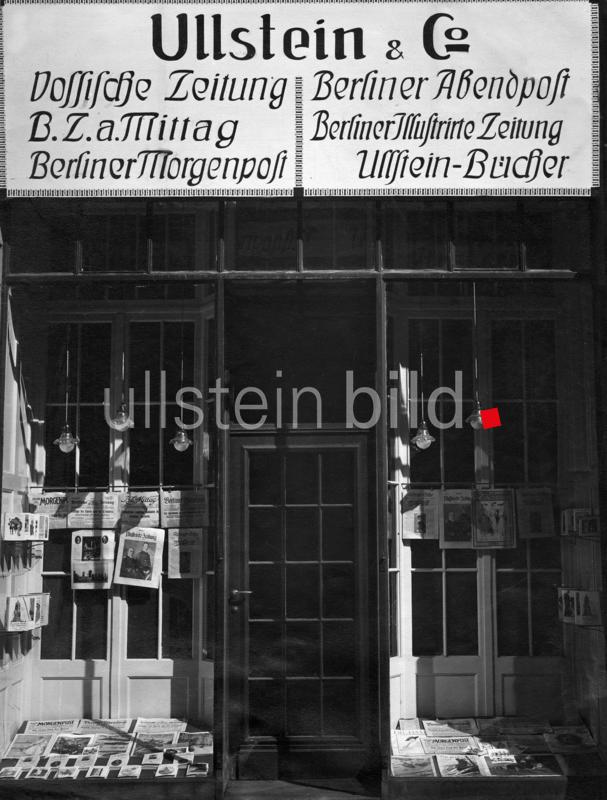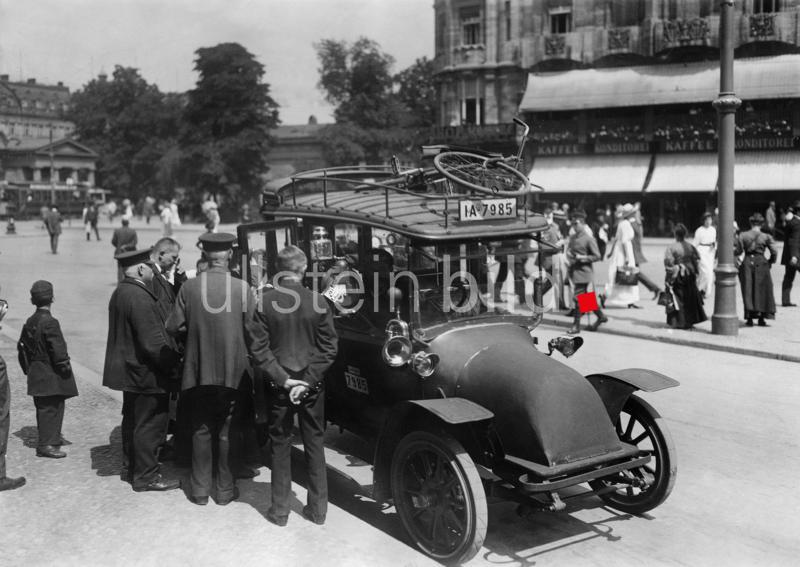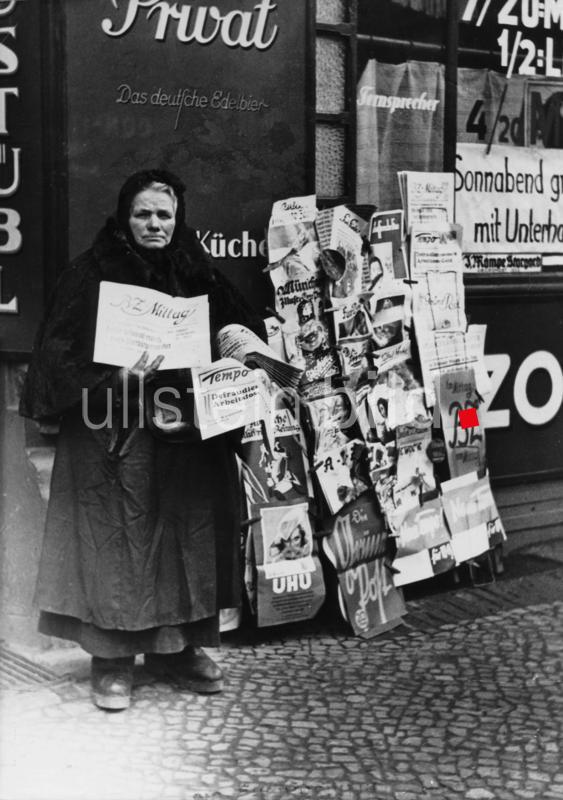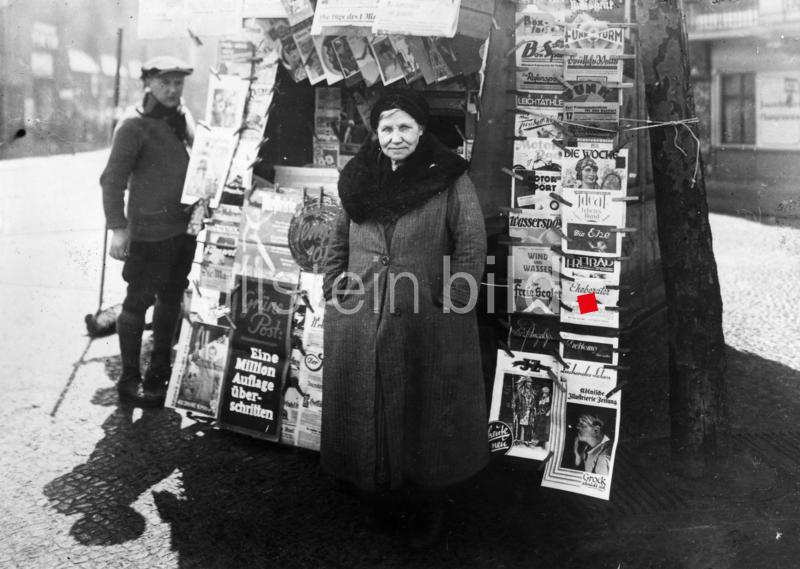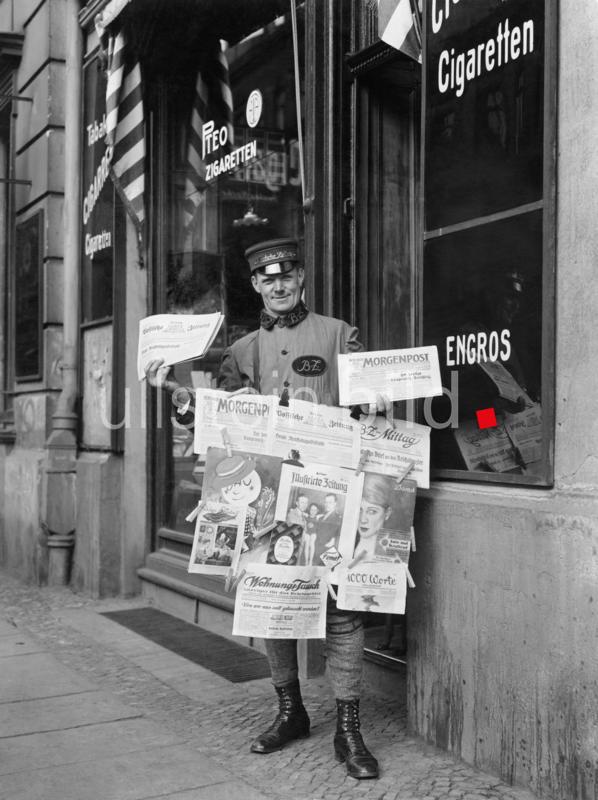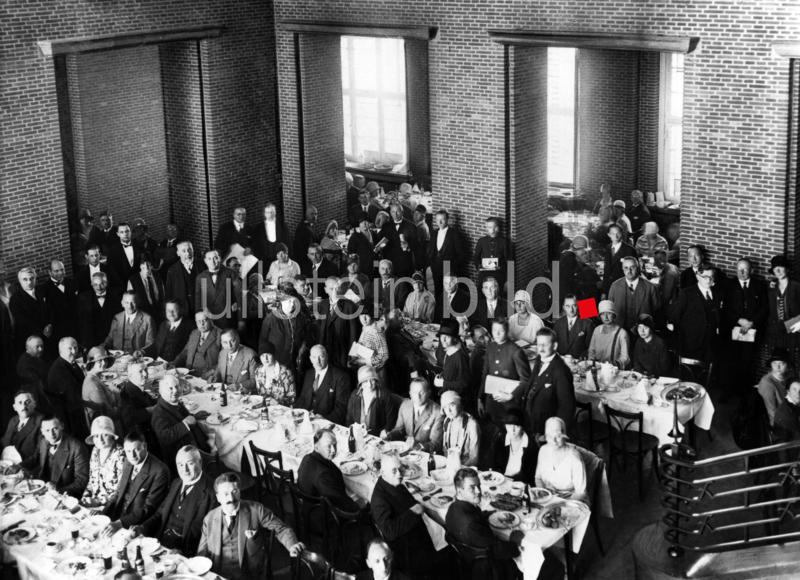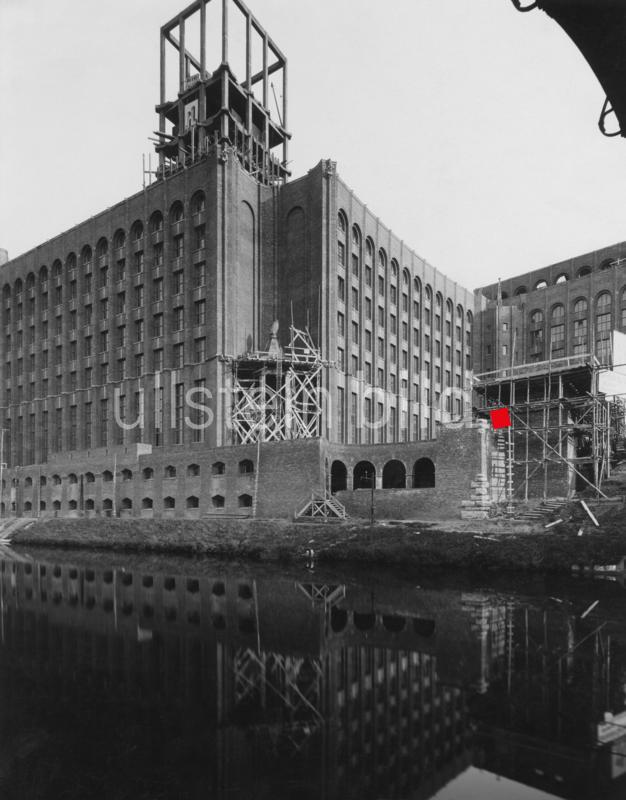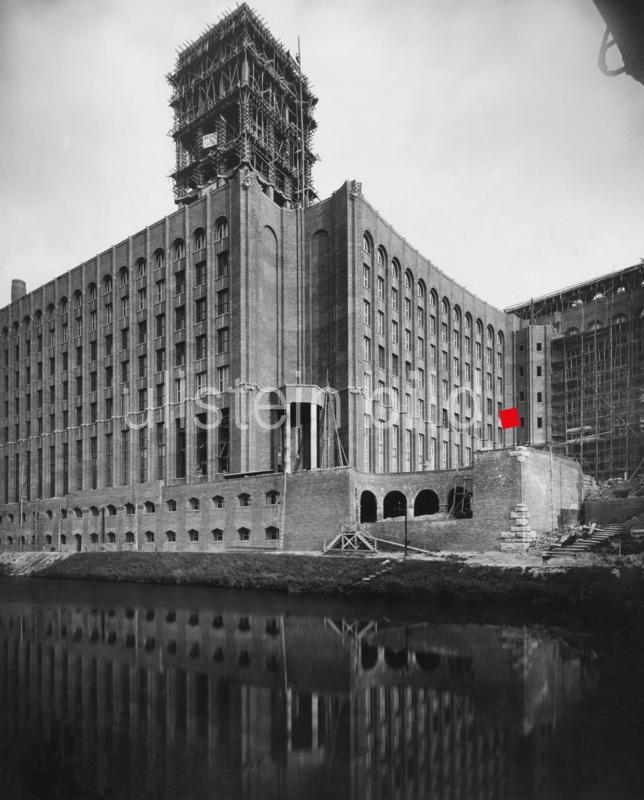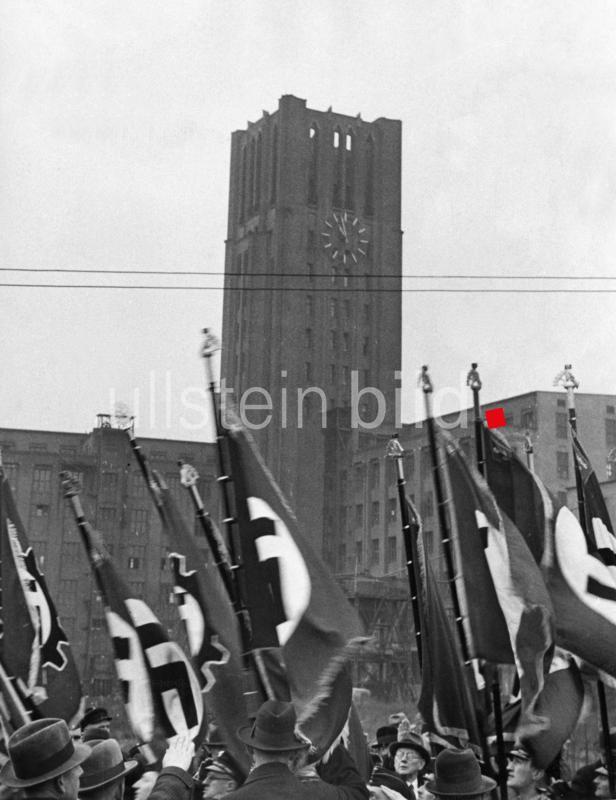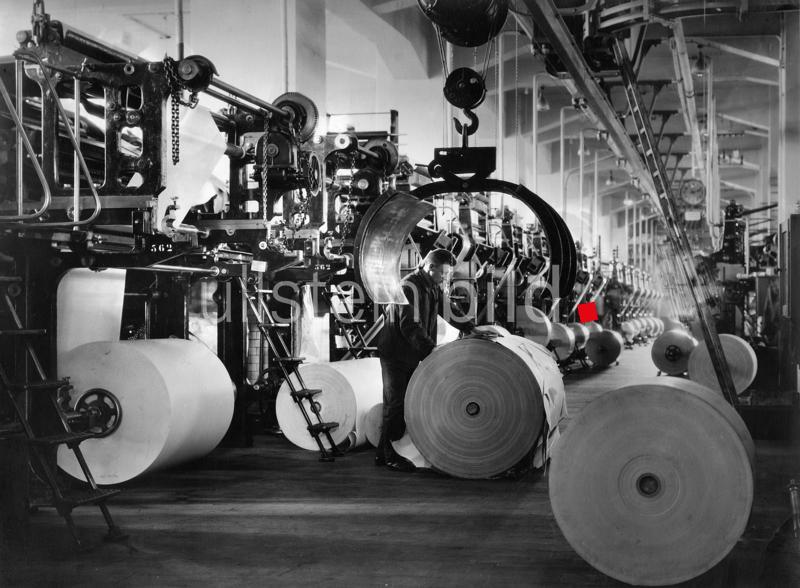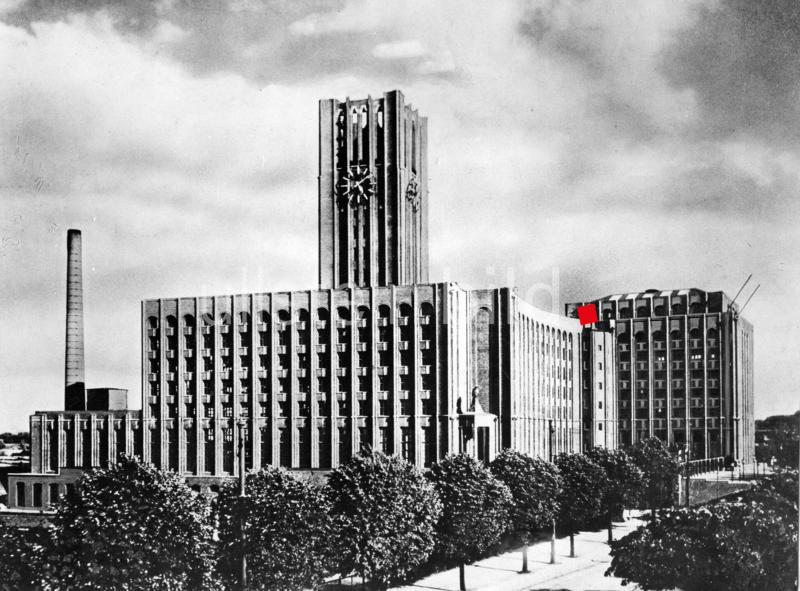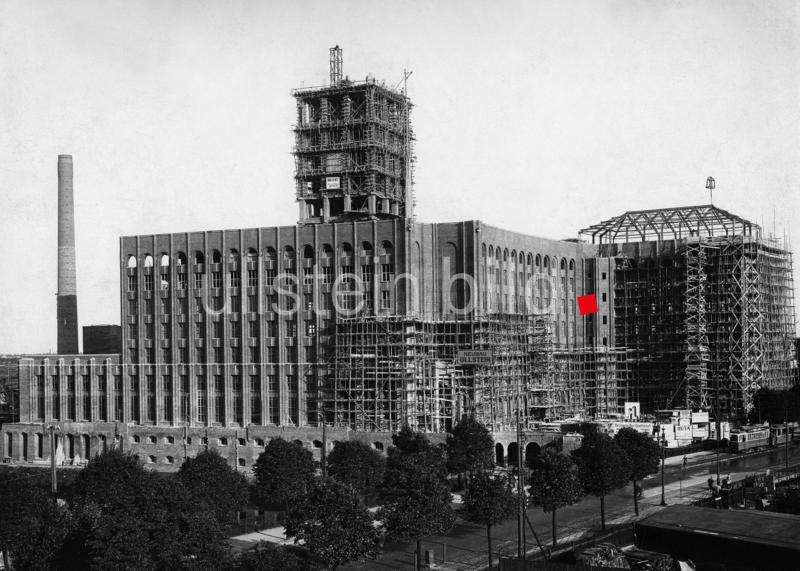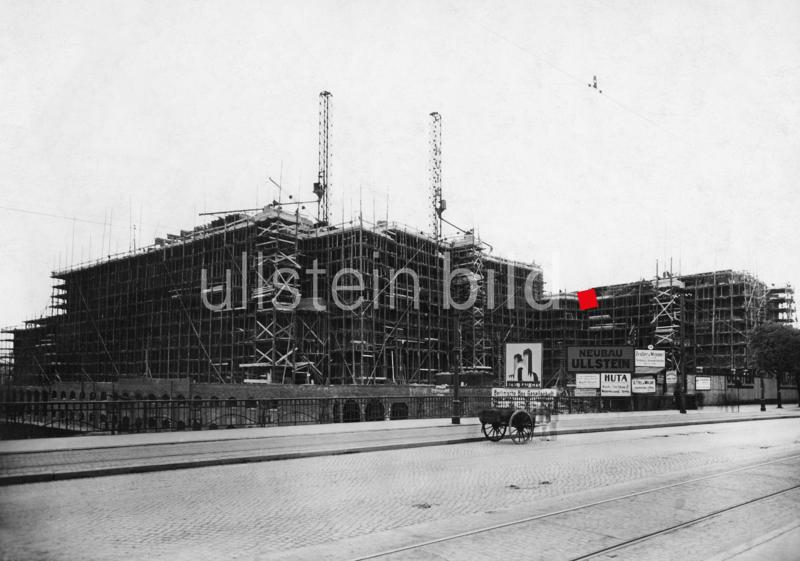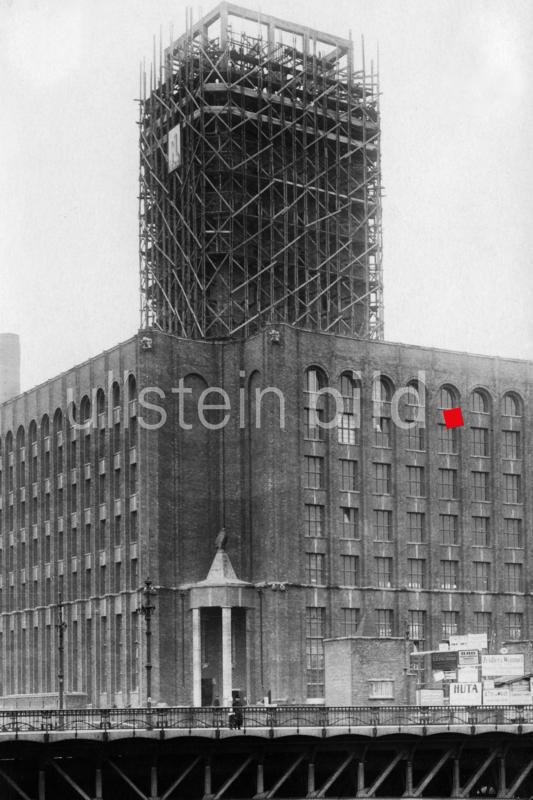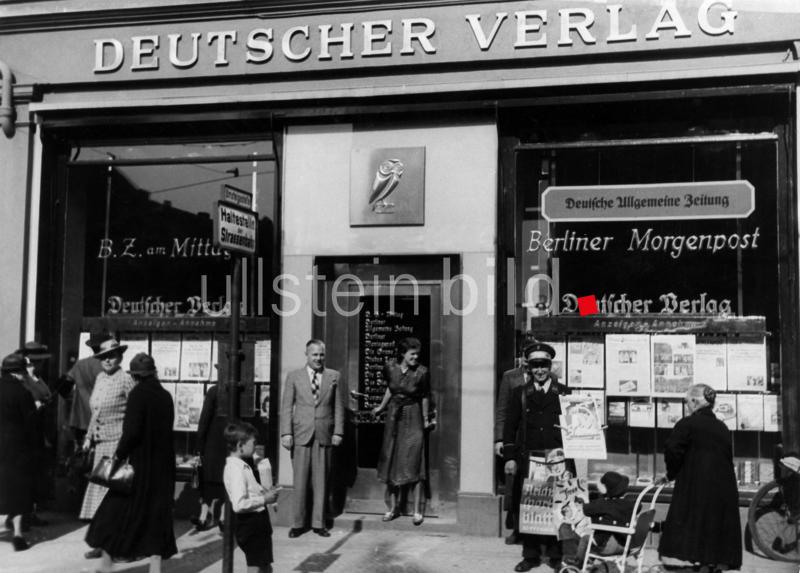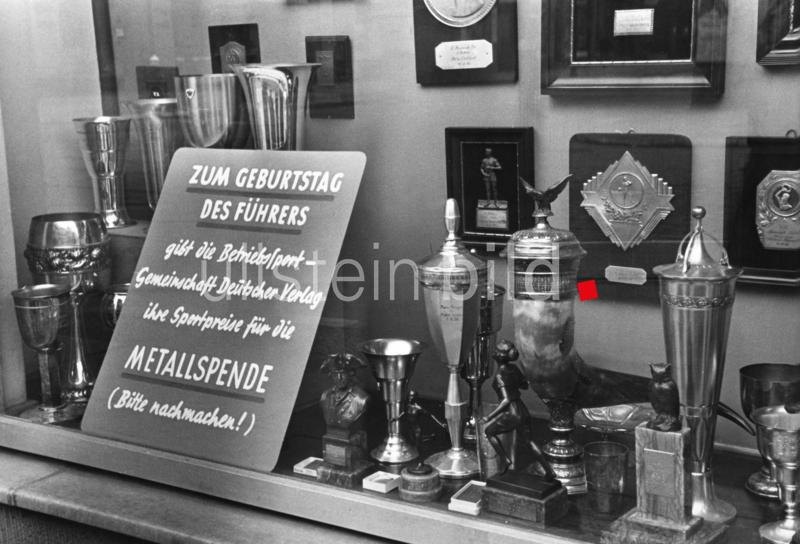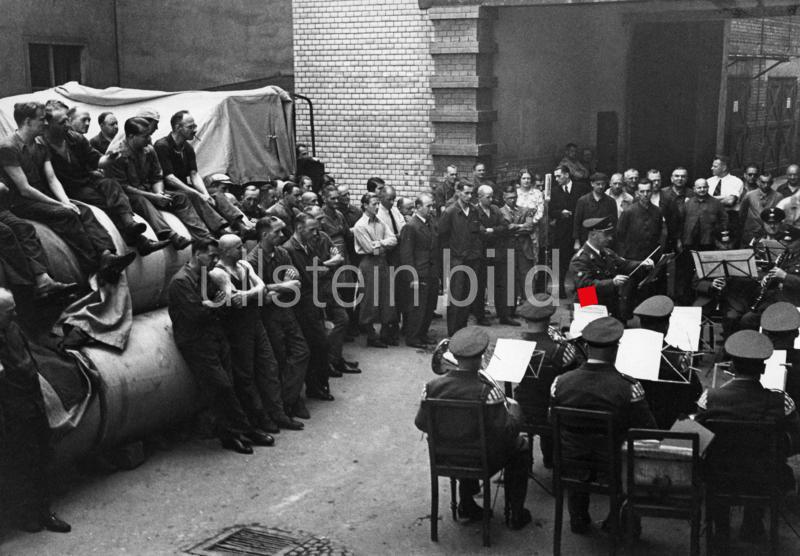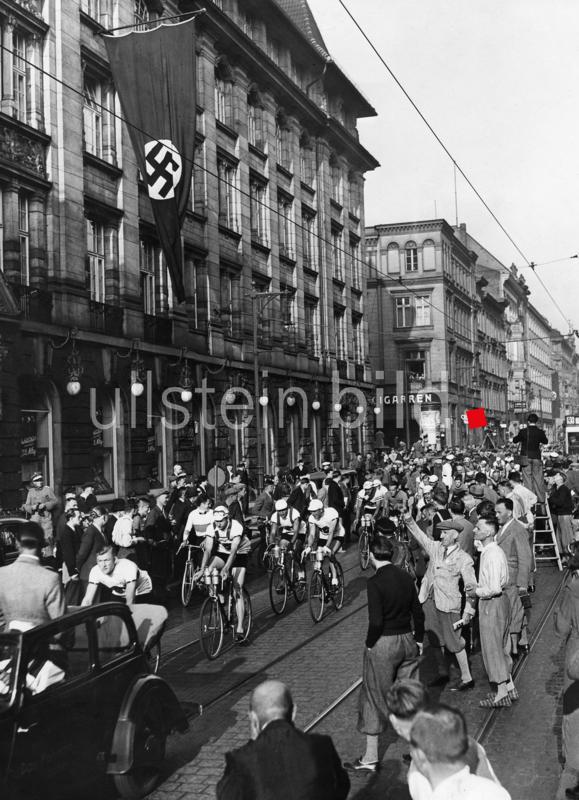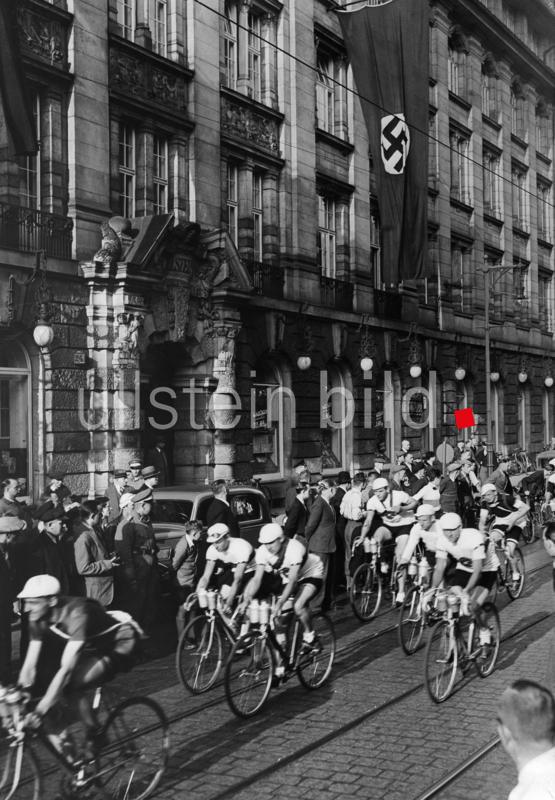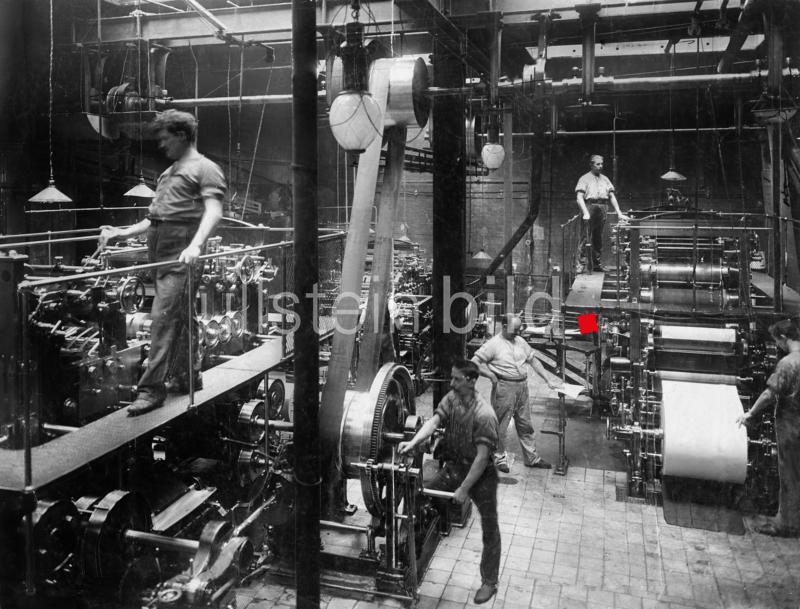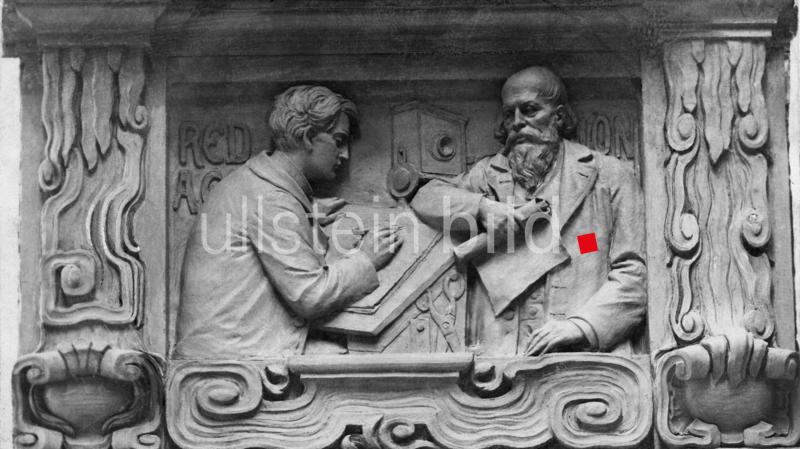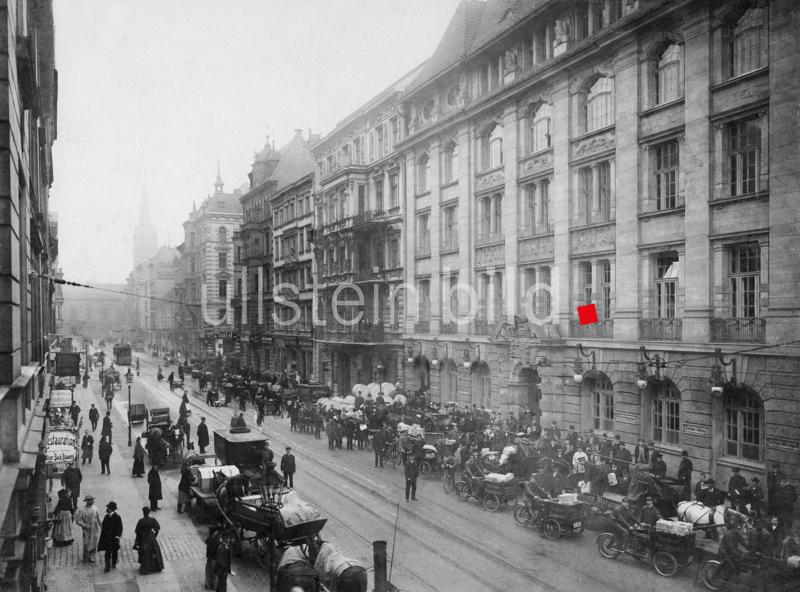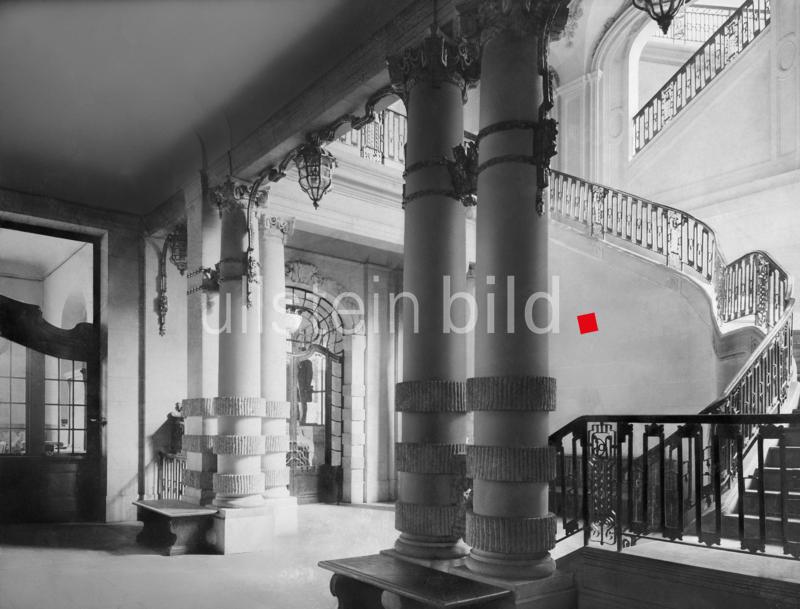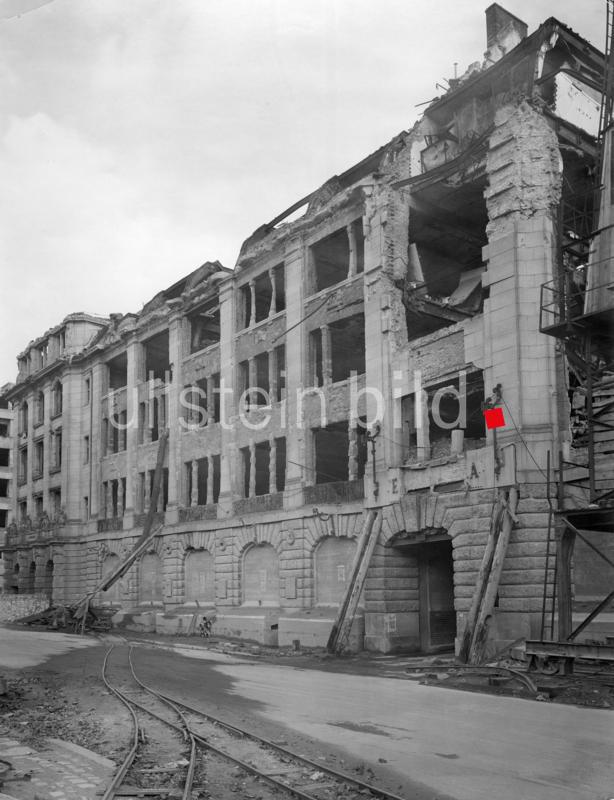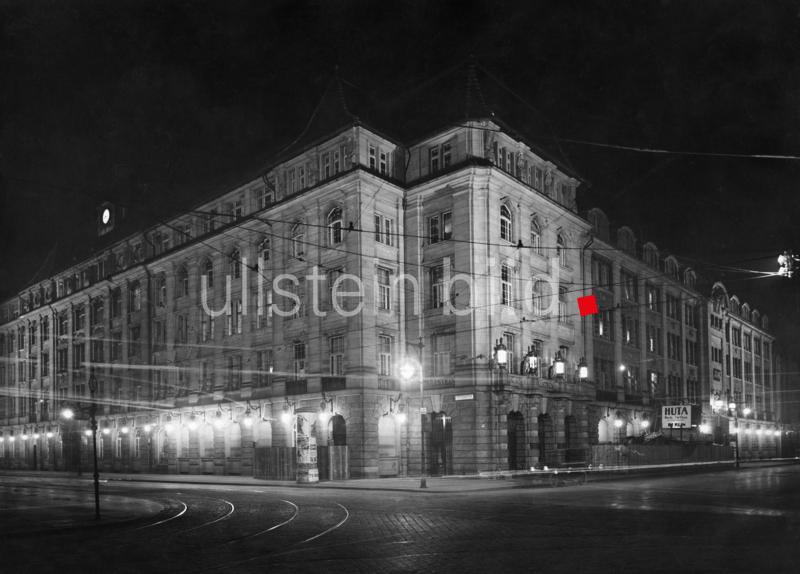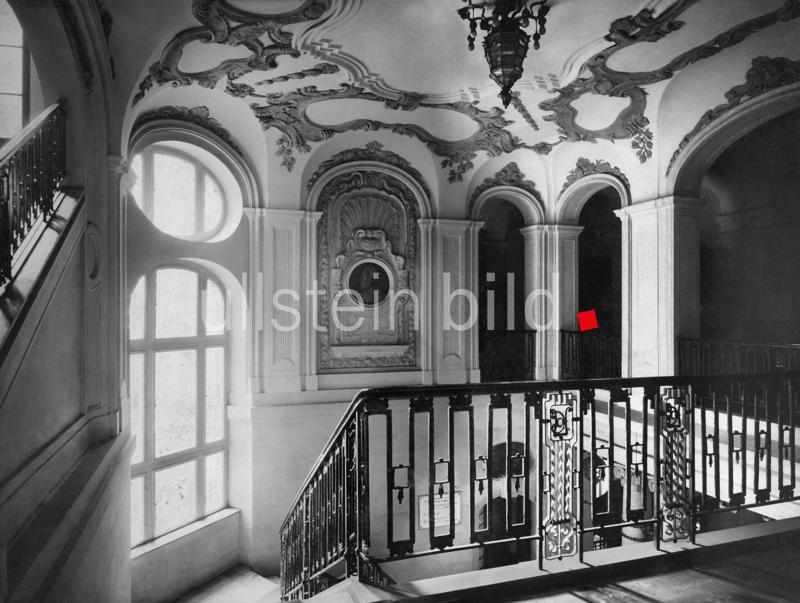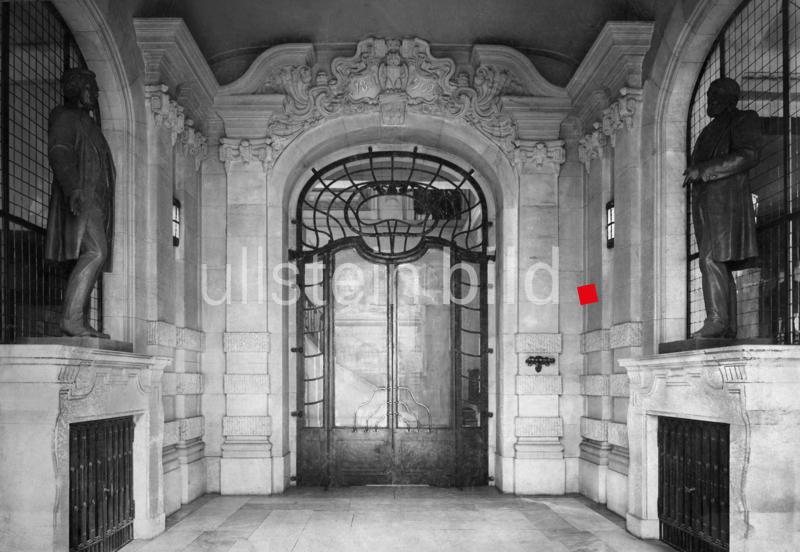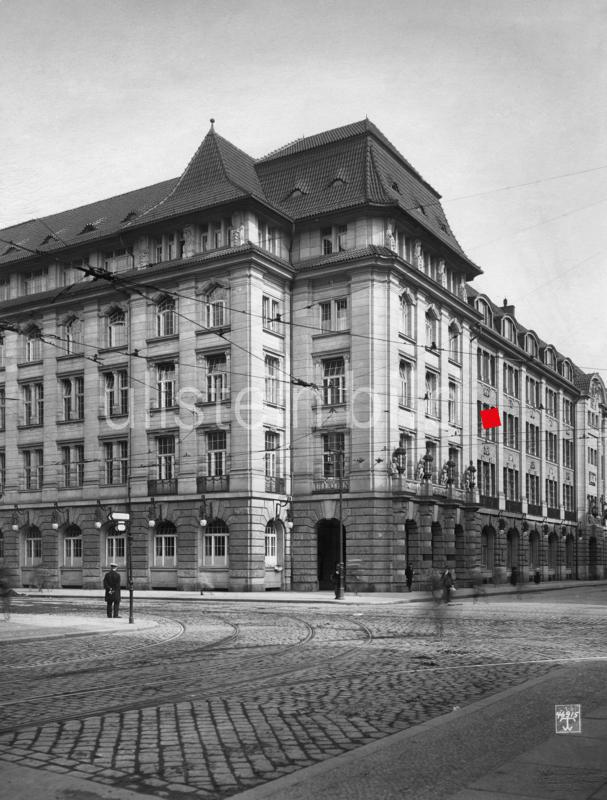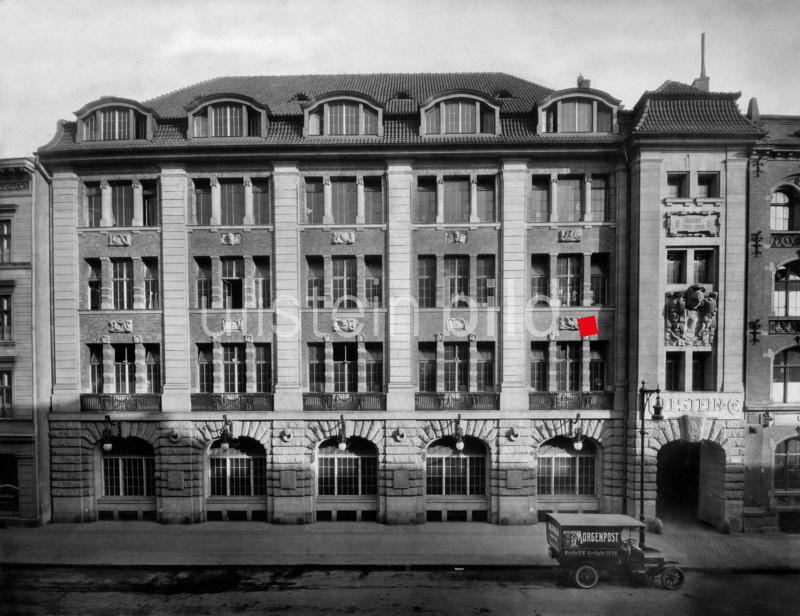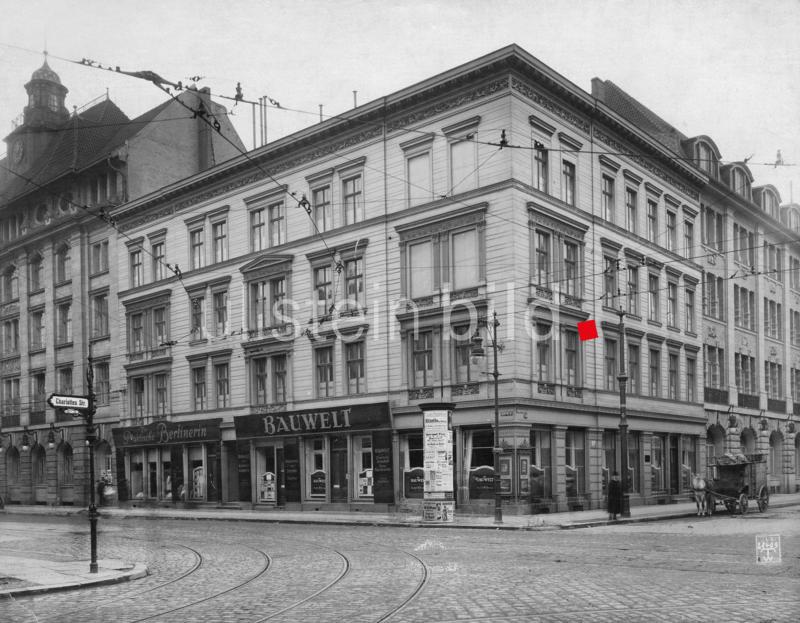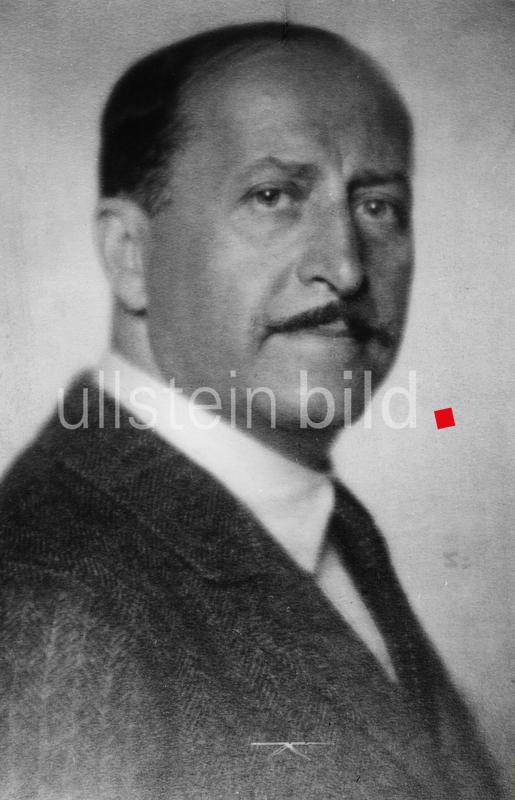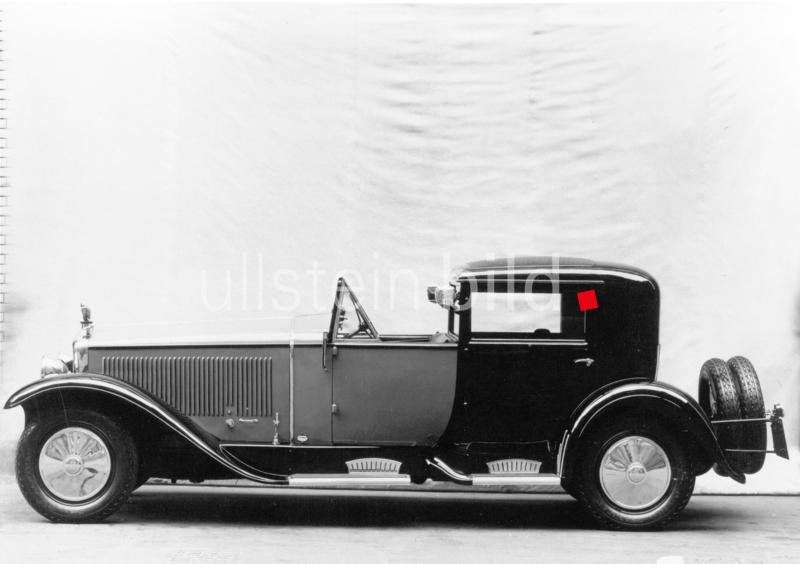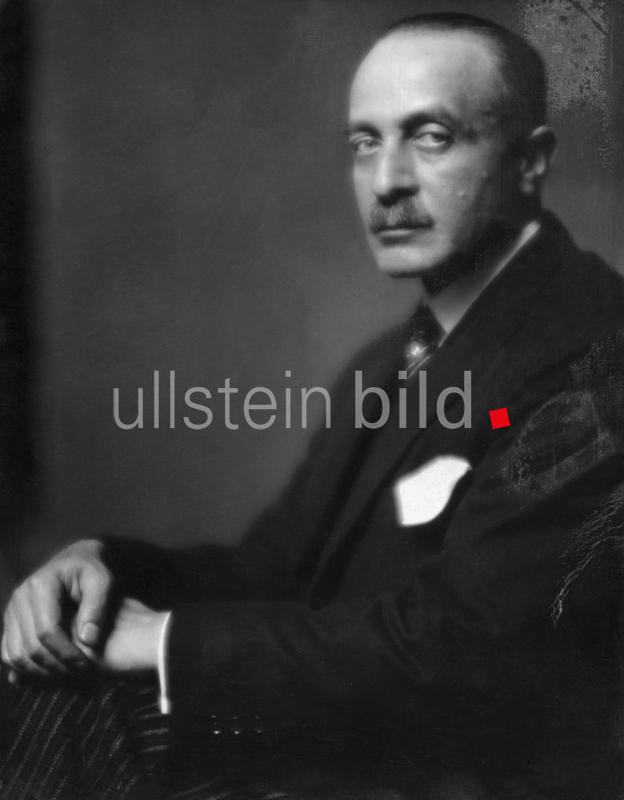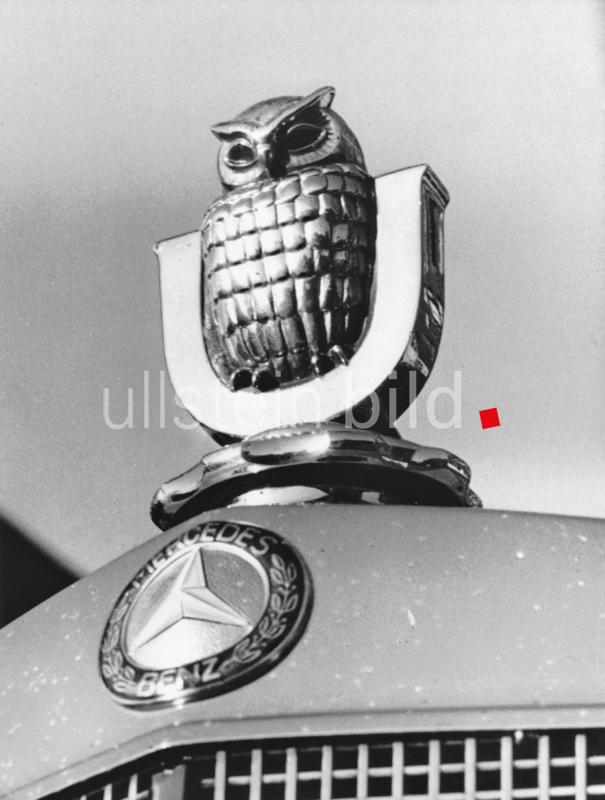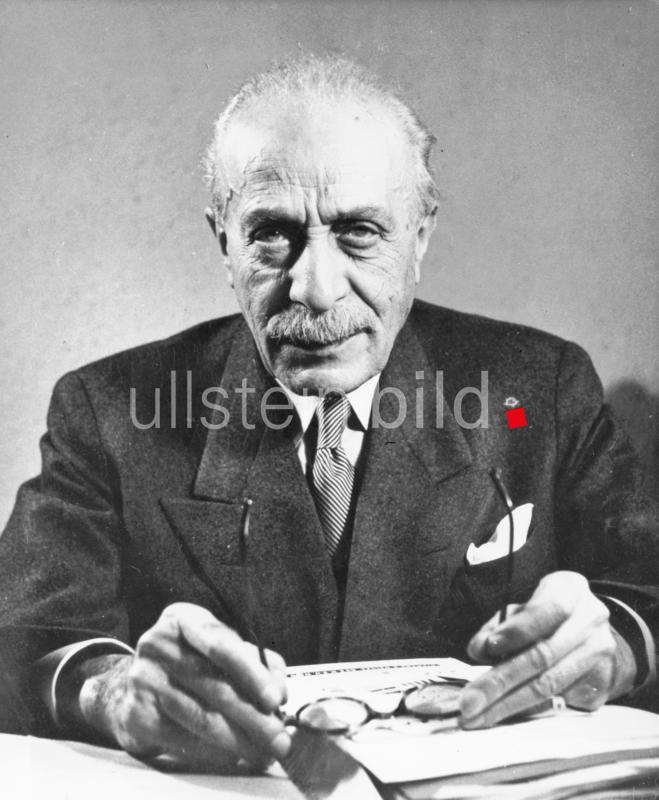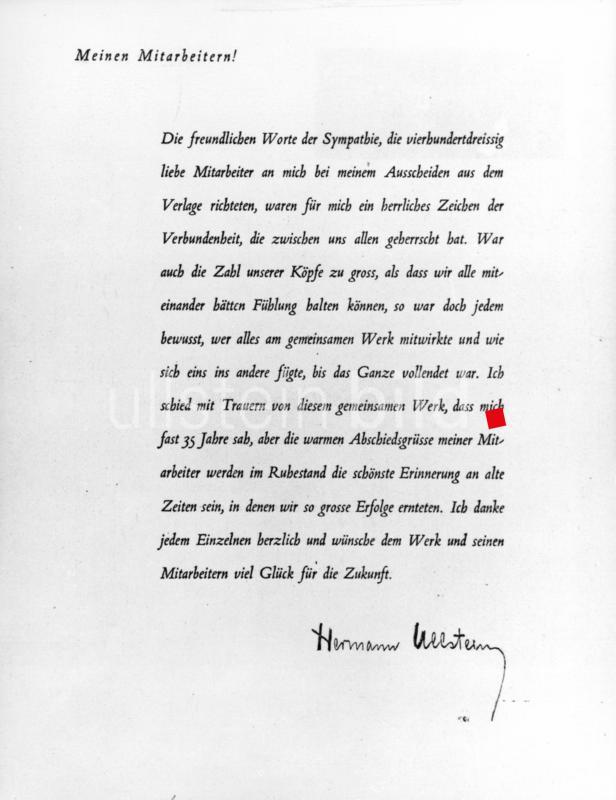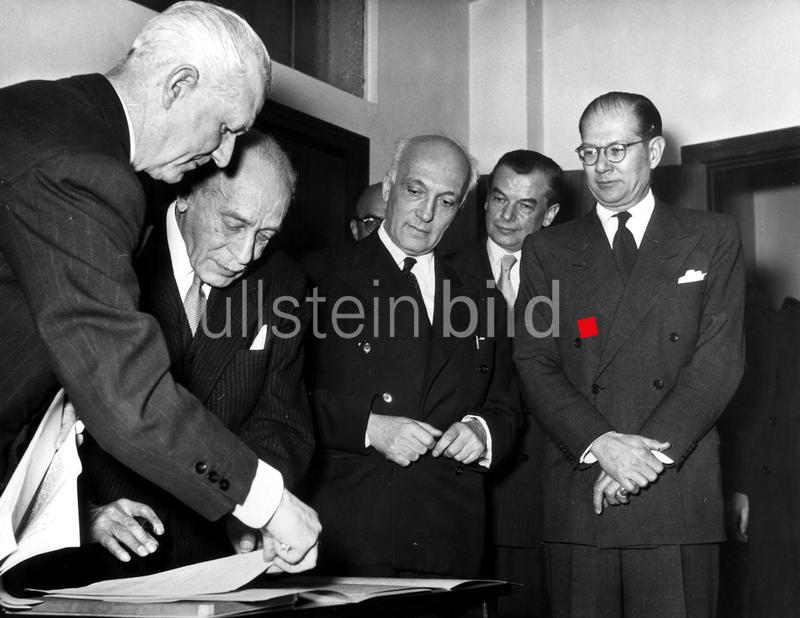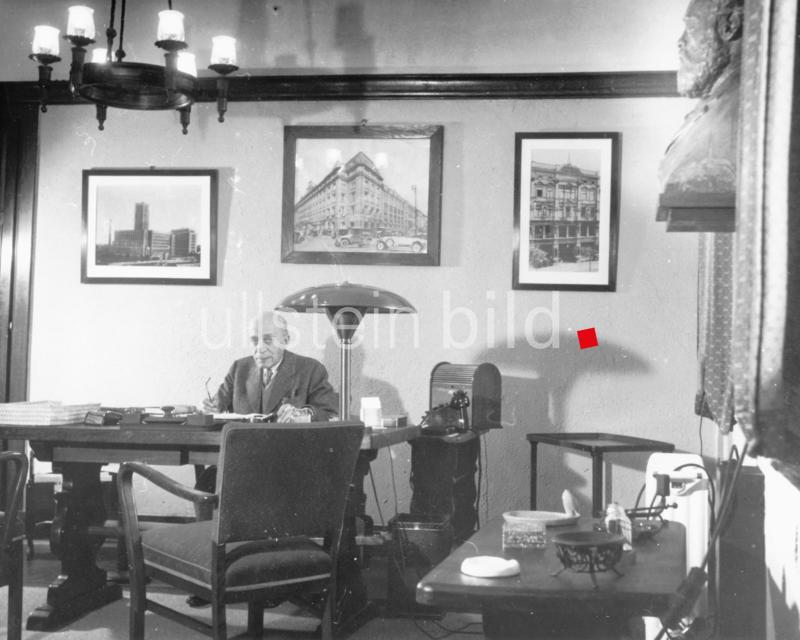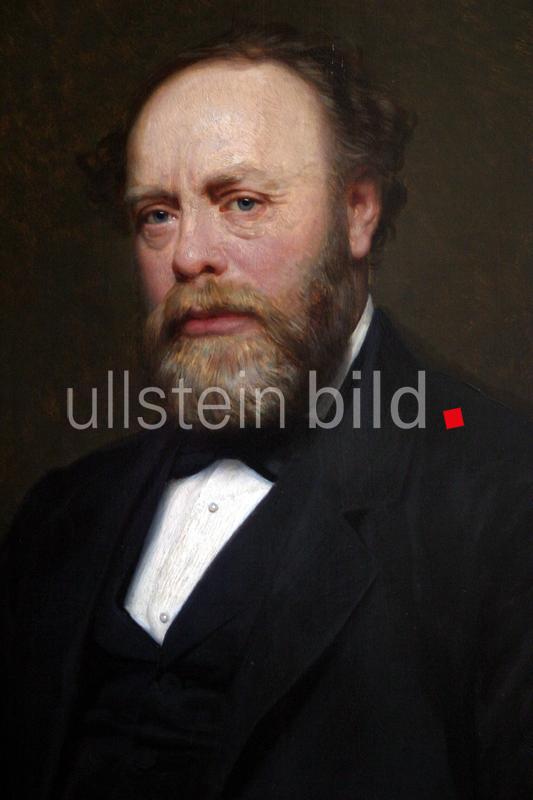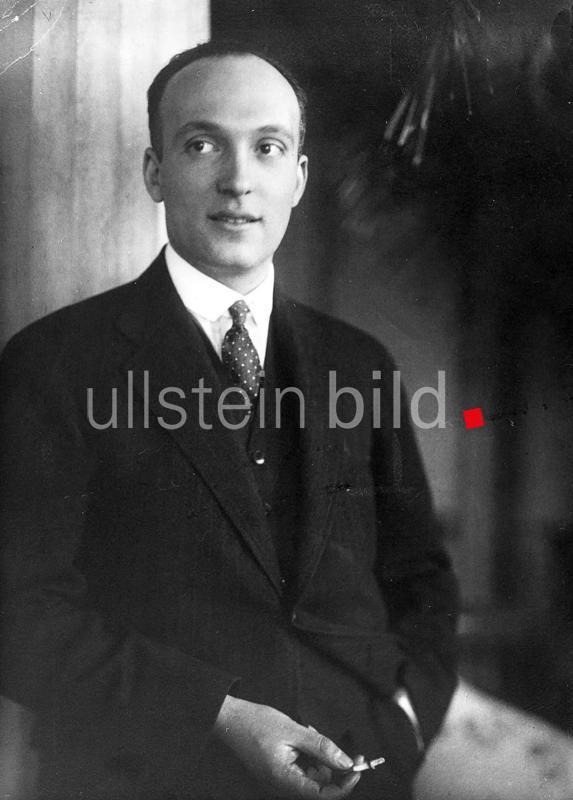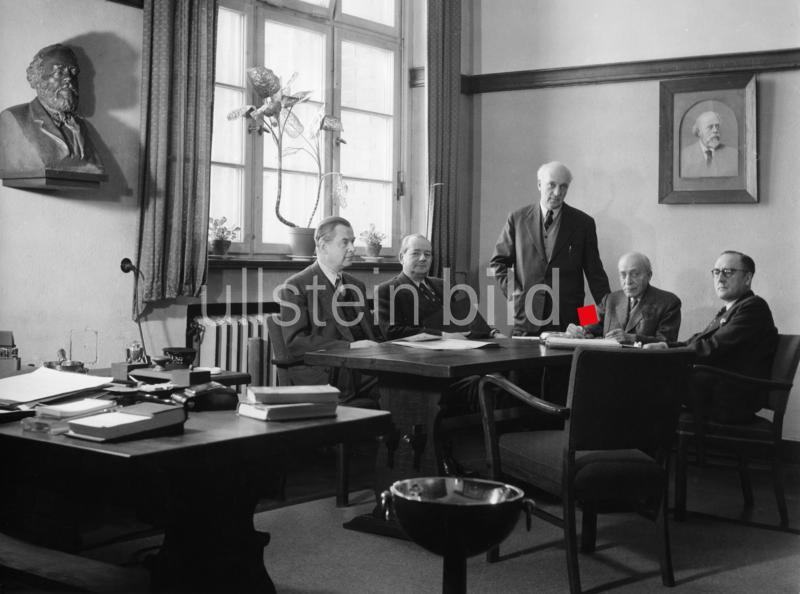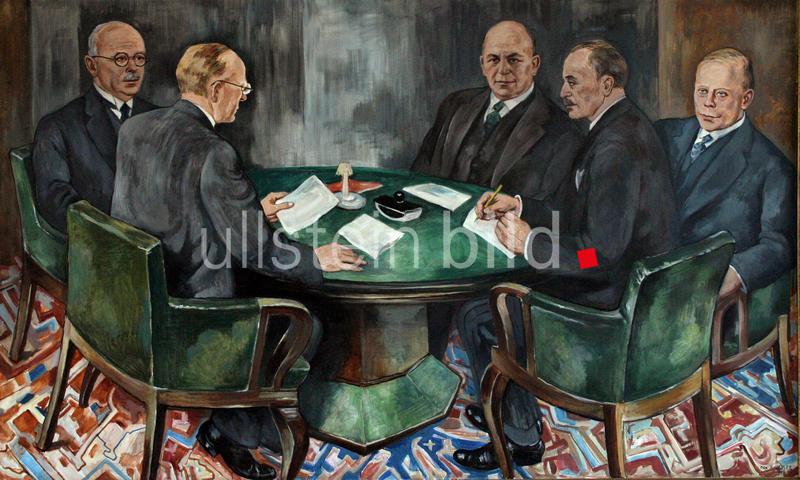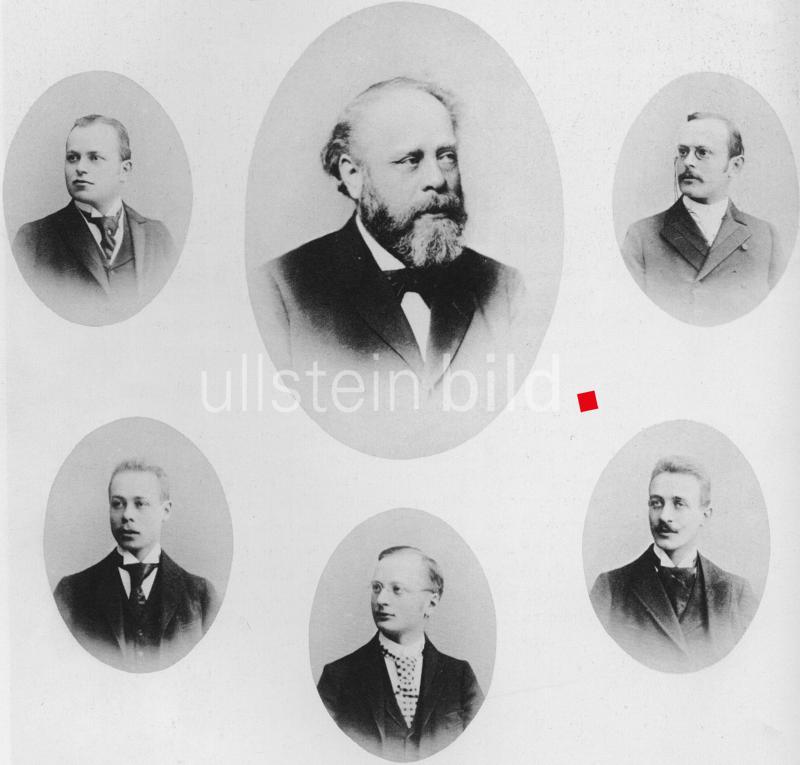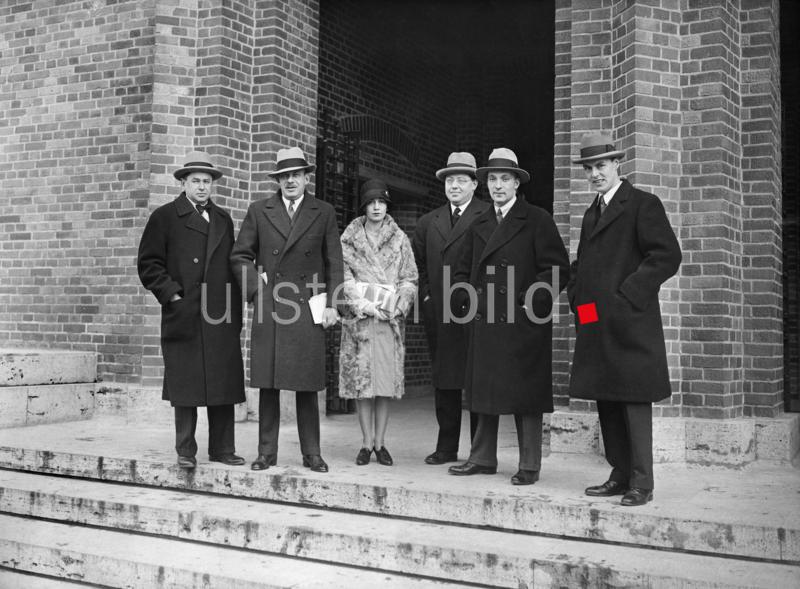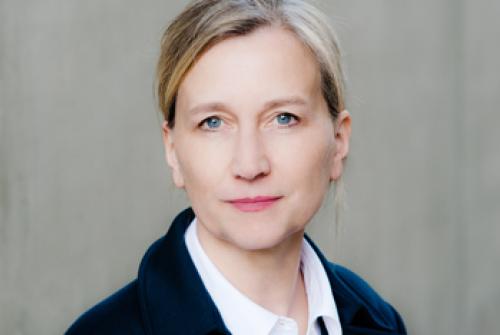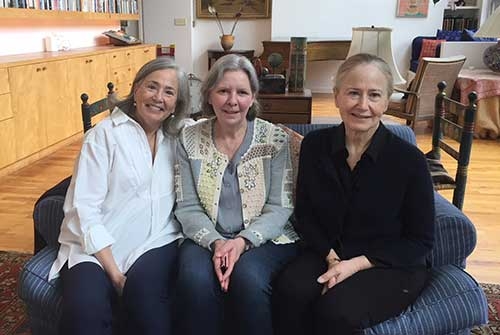Berlin – New York
The Ullstein Story
Interview with Phoebe Kornfeld, lawyer and author of the book publication Passionate Publishers - The Founders of the Black Star Photo Agency, New York
_______________________________________________________________
Passionate Publishers tells the story of the publishers and publicists Kurt Kornfeld (1887-1967), Ernst Mayer (1893-1983) and Kurt Safranski (1890-1964), whose lives are closely linked to their founding of the renowned photo agency Black Star in New York in 1935 – and to Ullstein in Berlin. Before their emigration to America, all three men worked in different positions and crucial roles for the Ullstein Verlag. Kornfeld and Mayer as independent publishers, literary and photographic agents, Safranski as the artistic director of Ullstein's newspaper and magazine titles. We are looking at an international publication and photographic history written in two parts: On the one hand, the development of Black Star, without whose ideas and photographs the magazine titles Life Magazine and TIME would be inconceivable. On the other hand, the Berlin years at Ullstein, marked by the development of successful titles such as Der Querschnitt, Die Dame, UHU, Die Grüne Post, Der heitere Fridolin, and characterized not least by the commissioned work of pioneering and modern press photographers such as Martin Munkácsi, Yva, Dora Kallmus, Erich Salomon, James Abbe and many others.
For the first time, the author Phoebe Kornfeld has comprehensively and very precisely traced and presented the biographies and motivations of the three protagonists. In this way, an exemplary, vivid picture of the epoch emerges before the reader's eyes, and numerous new aspects of this history – parts of which have been researched – open up now.
Ms. Kornfeld, as the granddaughter of Kurt Kornfeld, you set out several years ago to track down your own family history, which is also a German-American publishing history. What exactly prompted you to research, to write, to work on the subject so tenaciously and, in the end, so insightfully, and to become a "Passionate Publisher" yourself?
Frau Bomhoff, first of all let me thank you for this opportunity to talk about Passionate Publishers, a book that was eight years in the making. But of course you are right to point out that my interest in the subject of Kurt Kornfeld’s life in Germany, his emigration, and his work as a founding partner of the renowned Black Star photo agency stretches back many years. I knew him well as a grandfather — he died when I was 12. He was a larger-than-life figure in the family, a true patriarch, however, I felt a void on account of the inadequacy of my knowledge about him and his ancestry. My father, the younger of his two sons, preferred not to talk about the past that was overshadowed by the unpleasantness of having been forced to flee Germany because of my grandfather’s Jewish heritage. And as for Kurt Kornfeld’s role at Black Star, all I knew was that he worked closely with outstanding photographers to bring their images to magazine editors such as those at Life, Look, and National Geographic.
When I found in the attic of my father’s house some materials relating to my grandfather’s life in Germany prior to 1935, this was personally satisfying, but I still had no plans to write about him. It was only when I met Kurt Safranski’s granddaughters in 2013 that the book project entered my mind. Just as I was haunted by the unknowns about my grandfather, they, too, wished to know more than the superficial information that had been passed down in their family. From the veritable treasure trove of archival files they shared with me, I started piecing together the details of their accomplished grandfather’s life — his training as a graphic artist with Lucian Bernhard, his career at Ullstein as an illustrator and editor, his emigration story, and his work at Black Star.
To be sure, the Black Star founders were a triumvirate. I had known Ernest Mayer and his daughter and was aware that he, too, had grandchildren, so I kept hunting until I found one, his eldest granddaughter. With her materials and recollections it was clear to me that the personal and professional lives of all three Black Star founders deserved to be reconstructed and preserved. Theirs is a not unimportant story — in the context of their careers in Weimar era publishing; the history of 1930s German Jewish refugee emigration; and for their significant contributions to American photojournalism.
At the time of their emigration, the three founders of Black Star had a long history of publishing success in Berlin behind them. It can be traced back to the collaborations with contemporary text and picture authors, which even today combine canon quality, and brought about the success of various Ullstein titles. How can the conditions for this be summarized?
You are absolutely right. All three of the Black Star founders were in their forties when they started life anew as refugee-émigrés in New York City. After having served in the Kaiser’s military in World War I, each of the men had poured considerable energy into their professional lives in Weimar Germany.
After starting a publishing company while at the same time collaborating with Ernst Rowohlt, the hard-working Ernest Mayer founded Mauritius Photo in 1929 and represented photographers to place their work in newspapers and magazines throughout Germany. Germaine Krull and Friedrich Seidenstücker are among those who are known to have appreciated Mayer and his contributions as a photo agent. Kurt Kornfeld had inherited a medical publishing company as well as Carl Duncker Verlag, which he used to publish books about the press and as a vehicle for his work as a literary agent providing serialized fiction to Germany’s newspapers. Entries in Kornfeld’s guest book at his weekend home in Geltow on the Schwielowsee south of Potsdam bear witness to his energetic, generous nature.
And Kurt Safranski progressed at Ullstein from illustrator and editor to head of the magazine division and ultimately a seat on the company’s board of directors. In addition to his well-known work with Kurt Korff on the Berliner Illustrirte and Die Dame, Safranski was instrumental in the establishment of the popular children’s magazine Der heitere Fridolin (The Carefree Fridolin) and the illustrated magazine UHU, with its wide range of literary contributions and feature articles plentifully enlivened with outstanding photos. When he left Ullstein, Safranski received a book with black-and-white portrait photos of twenty-three of his colleagues who praised him in the cover letter for his “multifaceted abilities,” his “joy for work,” his energy and courage as well as his “amiable and endearing” nature.
That is a long way of saying that what all three men brought to their careers in Weimar Germany was a positive and energetic spirit, a willingness to work hard and to collaborate with others to pursue their passion for publishing.
In several passages in your book, you describe Kurt Safranski's closeness to artists, to writers, draftsmen, painters and photographers. His essay "The Beauty of Old Photographs," published in Ullstein's Die Dame in 1920, has programmatic character, for here a man who sees and shapes the new, decisive possibilities of photography of his time deals with its origins.
According to Safranski’s friend Kurt Tucholsky, with whom he collaborated in 1912 to illustrate the small gem Rheinsberg. Ein Bilderbuch für Verliebte, already at that time Safranski was collecting and curating photographs. Safranski’s 1920 article in Die Dame extolled the superior effect on the viewer of the purity of undoctored 19th century photos, and throughout his life, he continued to develop his thinking about the power of photography. This is evidenced in Safranski’s experimentation with Kurt Korff on photo layouts to convey the news in Ullstein’s Berliner Illustrirte, in his creation of an illustrated magazine prototype that influenced Henry Luce’s decision to found Life, in his work at Black Star, and in his teaching at the New School for Social Research in Manhattan, to name just a few examples.
What I find especially interesting is that Safranski’s training was as a graphic artist, yet he, like Kurt Korff, understood that in the fast-paced society of post-WWI Germany, and in the face of the burgeoning film industry, it was essential for the news media to shift from illustrations to photographs to meet the demands of the reading public. This was facilitated in Germany by the early development of advanced technology for cameras and printing presses. However, Safranski understood that technological innovation alone was insufficient in the absence of talented individuals, and in his own quiet way, he did what he could to mentor those whose potential he valued. One example of this is Safranski’s support for Martin Munkácsi, whose transition from Ullstein in Berlin to the US in the 1930s he facilitated. Another is his friendship with Dr. Erich Salomon, whom he unsuccessfully encouraged to emigrate, and for whom, having learned of Salomon’s death in the Holocaust, Safranski wrote a moving photojournalistic eulogy in 1948.
You quote Safranski's diary entries, written on the occasion of his stay in Berlin in 1953 "... it is and isn't. Dreamlike & not quite real," and in view of the war-ravaged Kochstrasse in Berlin's newspaper district, just one word: "shock". What consequences did these experiences have?
It was very exciting to discover Kurt Safranski’s own record of his reaction upon seeing Berlin in 1953 when he returned to the city as an advisor to Ullstein on a project for an illustrated insert to Sunday papers in Germany. Surely Safranski would have seen many photographs of the destroyed city, but he was clearly not prepared for what he found. That he said he was shocked at the sight of Kochstraße, the Fleet Street of Berlin, is especially telling. It was in the Ullstein Kochstraße offices that Safranski had spent the most productive years of his professional career. His shock upon coming face to face with the reality of the utter destruction there is an important indicator of the extent to which Safranski was emotionally invested in his life at Ullstein.
Perhaps the sight of Kochstraße in rubble also evoked in Safranski thoughts about his shattered editorial career that he was never able to reconstruct in the United States. The reason I say this is because of the contrasting reaction he had upon visiting the home he had built in Zehlendorf for himself and his family. It was a villa with beautiful gardens that Ullstein helped Safranski finance and had been highlighted in the 1920s as exemplary of modern architecture. It survived the war intact and is today on the register of Berlin historic houses. Nonetheless, by 1953, returning to that home did not move Safranski emotionally. He described his feelings upon seeing it again as follows: “It was as though I found somewhere an old suit on the floor, one that I had liked previously and worn frequently, but then had packed away. At one time it had a relationship to me, but today, so far as I am concerned, it is not very important any longer.” (Letter from Safranski to his wife, March 17, 1953, in the Safranski Archive) On the other hand, the daily journal Safranski kept that year, which now resides in the Axel Springer Archives, provides plentiful proof of the importance Safranski attributed to the Ullstein project he was working on, and he energetically contributed his talents and expertise to it for months on end.
Which of your encounters and insights were crucial for the work and for the publication?
Undoubtedly, my knowledge of the German language and my experiences of having lived in Germany — in Hamburg, Berlin, Frankfurt am Main, and Marburg an der Lahn — were instrumental in my ability to research and write Passionate Publishers. Equally as important, however, were certain people I met along the way.
For example, I could not have written the book without the collaborative support and encouragement from the Black Star founders’ grandchildren, including my own two sisters as well as the granddaughters of Mayer and Safranski.
My conversations with specialist historians, curators, and archivists in Europe and in the US were also very influential. They helped me understand that others saw the historical gaps I was diving into in the fields of Weimar era publishing, the lives of German Jewish refugee-émigrés, and Black Star’s contributions to American photojournalism. Their encouragement helped sustain my work over the many years.
What surprised you the most in the course of your research work?
Frau Bomhoff, this is a very difficult question to answer. Given how little I knew at the beginning of the project, there were innumerable surprises along the way. I will name just a few:
How professionally accomplished each Black Star founder was in his own publishing niche in Weimar Germany — Mayer as a photo agent, Safranski as an illustrator and editor, and Kornfeld as a literary agent;
How collaboratively they moved their loved ones across the Atlantic, almost as one family, and formed Black Star when they went into exile from Germany;
How determinedly the men successfully refuted allegations during years of investigations by the FBI that sought to have them prosecuted as spies or agents of the German government;
How protectively Mayer, Safranski, and Kornfeld sheltered their grandchildren from knowing the difficult details of their twofold persecution in Germany and in the US, preferring instead always to focus positively on creating a better future.
When you lived temporarily in Berlin in the early 1990s, you found accommodation on the same street where your father had once grown up – and only found out about this parallel after you had finished looking for accommodation, the street name had changed.
Yes, I was fortunate to have been awarded a Federal Chancellor’s Fellowship from the Alexander von Humboldt Foundation to conduct legal research in Berlin during 1991-92. I had received six or seven responses about available apartments, which I prioritized according to the proximity to the center of Berlin. The apartment in Tempelhof was not at the top of the list, but its landlord was the first to take my phone call. I quickly rented the newly renovated efficiency apartment on Alt-Tempelhof, because I was aware how scarce such nice places were in Berlin at the time, and the neighborhood felt very comfortable to me. I knew that my father had lived from 1921 until his emigration in 1935 at Dorfstraße 32 in Tempelhof, but to my surprise, when I wrote to him with a map showing my new address, he responded in a letter explaining that I was living just doors away from his old home. This was so difficult to believe that I went to the local history museum to look at past maps and found the street name indeed had been changed from Dorfstraße to Alt-Tempelhof.
For me, this was a strong confirmation that I was on the right path, that I had made the right decision: to interrupt my career with a big international law firm to pursue my research; to return to Germany where I had lived for a year a decade earlier in Hamburg; and to take the opportunity to experience Berlin in the post-Wall era. As I sought to understand the role of the legal system in the transition from a totalitarian to a democratic society as per the examples of the denazification of postwar Germany and the decommunization of the former East Germany, I was able to sit in on the first border guard trial and interview people such as Jutta Limbach, then Senator for Justice of Berlin, and Joachim Gauck, then head of the “Gauck Behörde,” the Stasi Records Agency. My experiences that year, including that of unknowingly having taken up residence on the street where my father had lived, gave personal meaning to me of Shakespeare’s adage that “What’s past is prologue.”
Thank you very much, Ms. Kornfeld, for this interview!
The interview was conducted by Dr. Katrin Bomhoff, ullstein bild collection.
First published 12th August 2022.
In the gallery you can see a selection of images on our topic, the corresponding dossier can be found at ullstein bild.
 Back
Back

